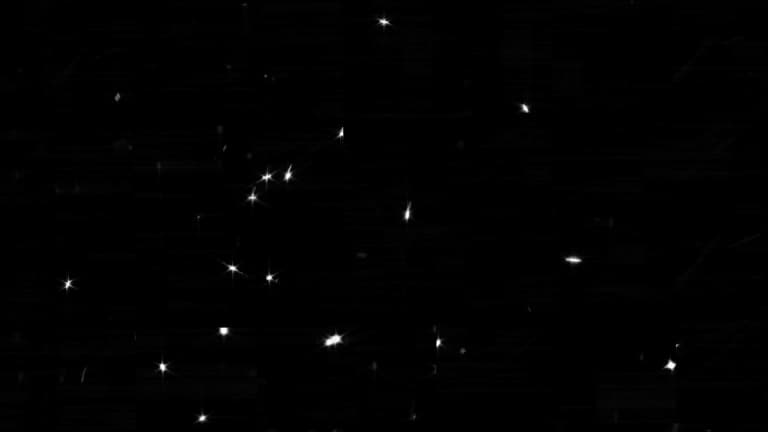NASA removed some of the suspense on Friday by releasing a list of the first five observed targets. However, we will have to wait until next Tuesday to see these images of stars and constellations.
It’s one of the galaxy’s best-kept secrets: What are we going to see in the first scientific, color images from the James Webb Telescope to be released next week? NASA removed some of the suspense on Friday by releasing a list of the first five observed targets.
However, it will be necessary to wait until next Tuesday to see these images of stars and constellations, which are expected by astronomers around the world, and which are produced by the most powerful telescope ever sent into orbit.
The first target: the Carina Nebula, located about 7,600 light-years away. The Hubble Space Telescope has already photographed it, revealing gigantic columns of dust and gas. But James Webb’s images promise that the main mirror used to capture the light of these distant cosmic objects is much larger and more impressive.
Nebulae are nurseries of stars. The Carina Nebula is home to several massive stars, several times larger than our Sun, NASA said in a statement.
Amplify light from objects
The Southern Ring Nebula is also one of the targets. It’s called a planetary nebula, a large cloud of gas surrounding a dying star. It is located about 2,000 light-years from Earth (a light-year is equal to a distance of more than 9.400 billion kilometers).
Another target: Stephen’s Quintet, a group of galaxies located in the Pegasus constellation. According to NASA, it was the first small group of galaxies discovered in 1787.
Also on the list is a galaxy called SMACS 0723. It can distort and amplify light from objects behind it, NASA says, and see “populations of very distant and inherently faint galaxies.” NASA chief Bill Nelson last week promised it would be the “deepest image ever taken of our universe.”
1.5 million km from Earth
Finally, the James Webb Telescope’s first spectroscopy, a technique used to determine the chemical composition of distant matter, should be made public on Tuesday. It is WASP-96 b, which is composed mainly of gas and is located 1,150 light-years outside our solar system. Its discovery was announced in 2014 and its mass is half that of Jupiter.
The observations were made recently, after James Webb launched last Christmas on an Ariane 5 rocket and became fully operational after a long journey to reach his observation post 1.5 million kilometers from Earth. But NASA has yet to leak anything about these first images, making the surprise a success.

“Avid writer. Subtly charming alcohol fanatic. Total twitter junkie. Coffee enthusiast. Proud gamer. Web aficionado. Music advocate. Zombie lover. Reader.”











More Stories
Choosing Between a Russian and a Greek Tortoise: What You Need to Know
What Does the Future of Gaming Look Like?
Throne and Liberty – First Impression Overview